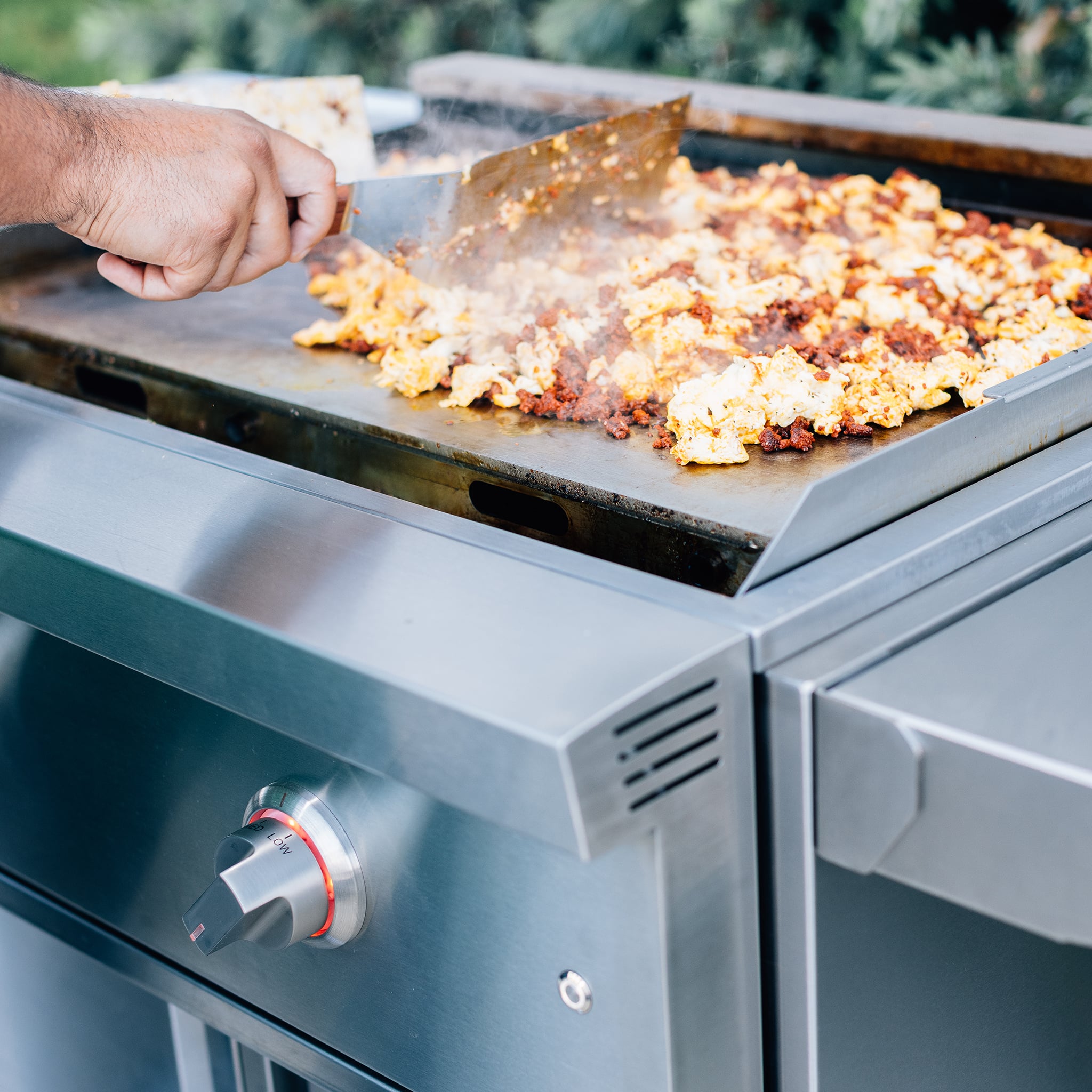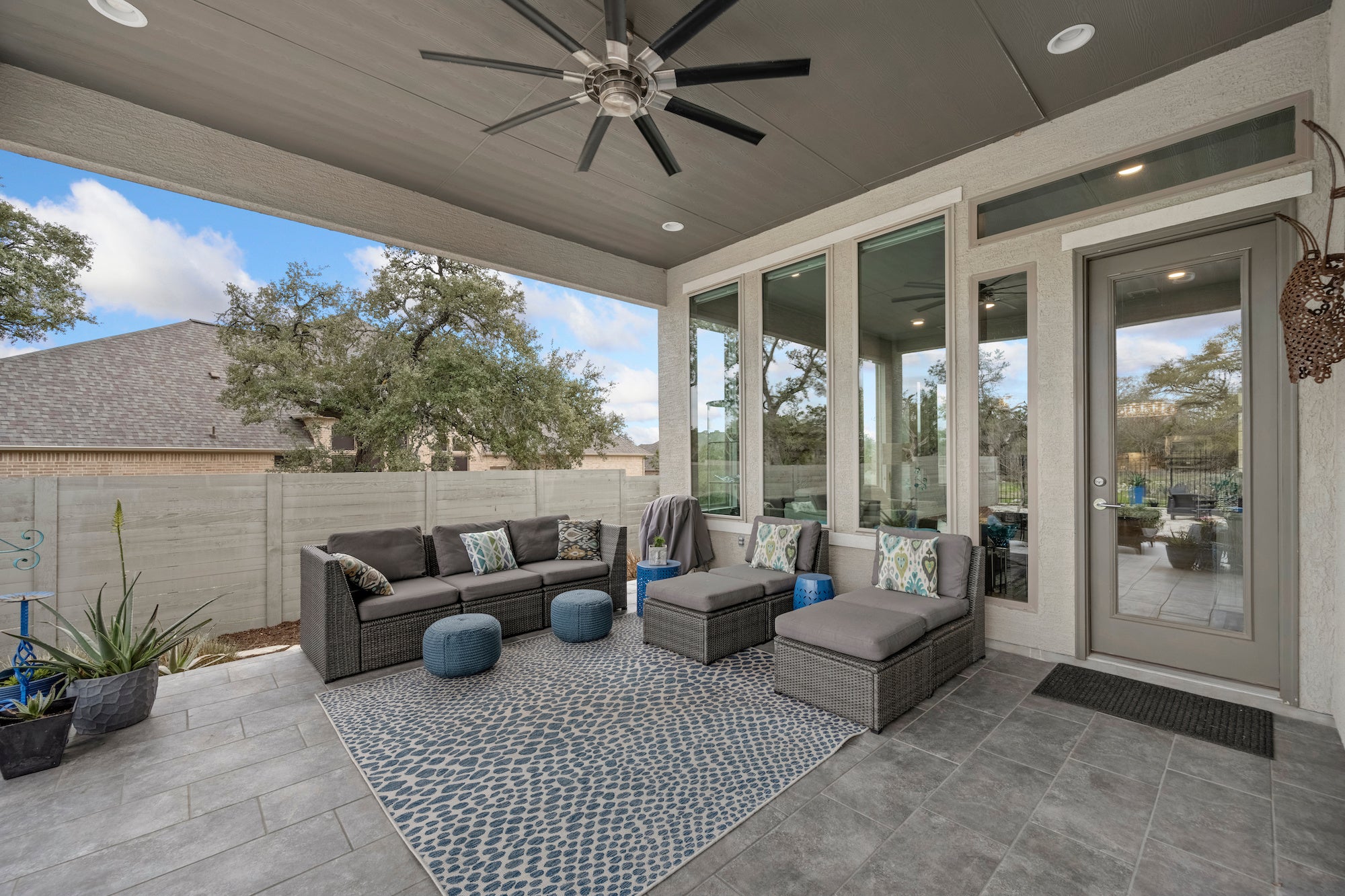Having a summer barbeque with friends and family is a great way to spend time together. When it comes to grilling, installing a built-in natural gas grill on a covered patio sounds like a good idea. However, safety should always be a top priority. This blog post will discuss the safety concerns and factors to consider before installing a built-in natural gas grill on your covered patio.
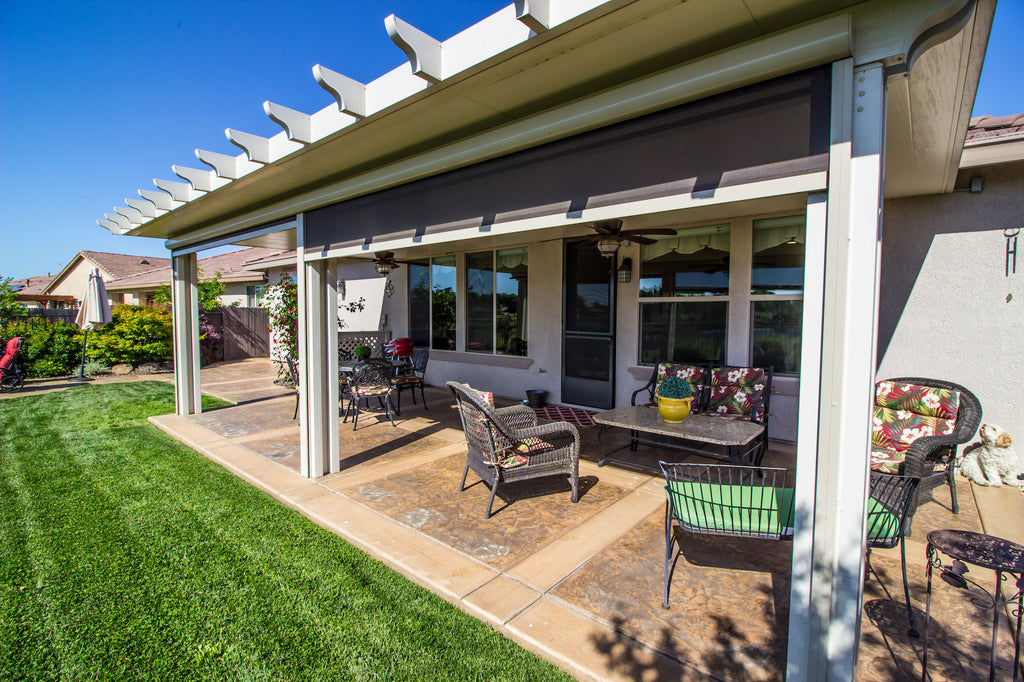
Everything You Need to Know Before Installing a Built-In Natural Gas Grill on a Covered Patio
As a homeowner, you know the enjoyment of hosting a backyard BBQ for family and friends. Nothing beats the smell of a sizzling grill as you relax on your covered patio. While propane and charcoal grills are options, many homeowners consider installing a built-in natural gas grill for outdoor cooking. However, before you decide, some essential factors should be considered, especially regarding safety concerns, venting and airflow, and whether you need a vent hood.
Safety Concerns
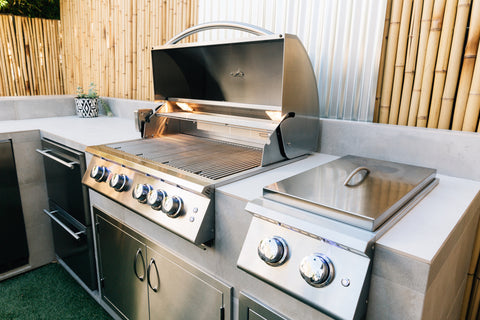
- Location: Safety should be your top priority when installing any type of grill. Installing a built-in natural gas grill on a covered patio may present some safety concerns. For example, if there is not enough space between the grill and the ceiling, the heat from the grill could cause a fire. Make sure that there is ample space between the grill and the covering to allow for proper ventilation and airflow.
- Grill Island: If you plan to use a built-in natural gas grill, you must build a grill island. It’s vital to make sure that it is constructed properly. The island should be made of non-flammable material, and the area around the grill should be well-insulated to prevent heat from radiating onto other combustible materials. A poorly made grill island could risk your home and family.
- Gas Lines: One critical safety concern before installing a built-in natural gas grill is the potential for gas leaks. Natural gas is highly flammable, posing a considerable risk if a gas leak is near an ignition source. You must ensure that the gas connections are adequately installed, tested, and certified by a licensed professional. Additionally, make sure to install a gas shutoff valve within close proximity to the grill.
- The Grill: When installing a grill under a covered patio, it must be UL-listed. This means the grill has been tested and approved for outdoor use, making it safe to install in a covered patio setting. Be sure to check the manufacturer’s instructions for your built-in natural gas grill before you install it. This will ensure that all safety criteria are met and that you’re not installing the grill in an inappropriate location. Additionally, invest in a quality cover for your built-in natural gas grill when not in use to prevent any accidents or issues with the unit.
- Professional Installation: Professional installation is essential to ensure that all safety concerns detailed above are correctly addressed. A licensed professional understands the critical importance of correctly installing the built-in natural gas grill, vent hood, and ventilation system. Particular attention is necessary on the gas connections, ventilation, and exhaust systems, as improper installation can lead to significant potential safety hazards.
- Maintenance: Maintenance is a key factor that contributes to the safety of a built-in natural gas grill. Grills should be cleaned regularly to prevent the accumulation of grease, which can cause a fire. Consider checking the grill regularly, following the manufacturer’s maintenance instructions, and never ignoring warning signs, such as rust, cracks, or broken control knobs.
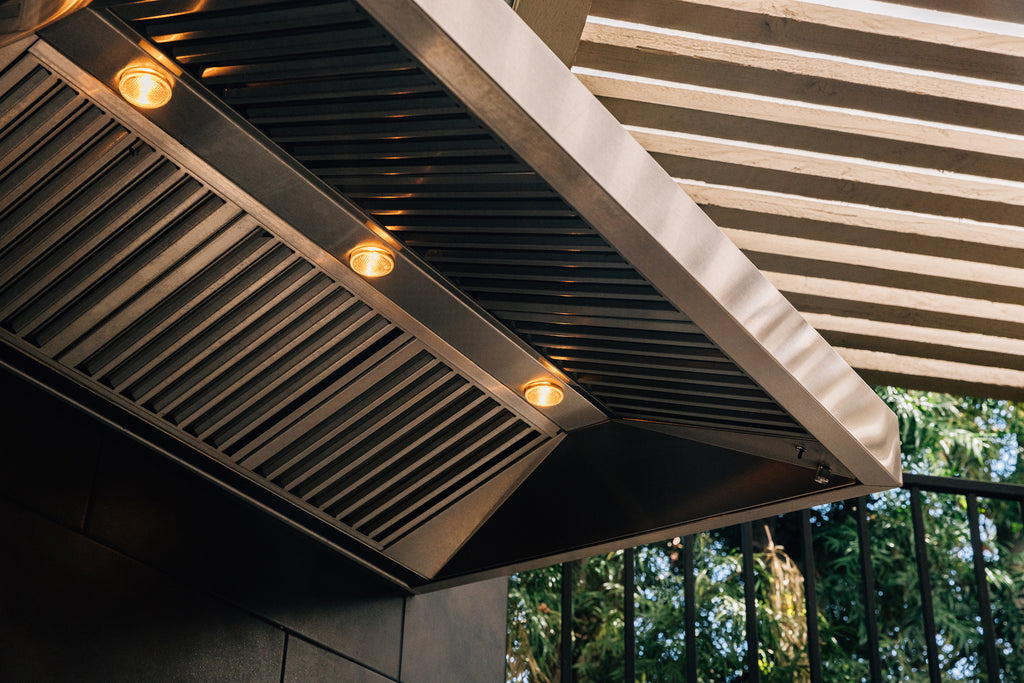
Venting and Airflow
One of the critical challenges of installing a built-in natural gas grill is proper venting and airflow. Adequate venting ensures the natural gas exhaust is sufficiently expelled in your outdoor area. A lack of proper ventilation and airflow can accumulate carbon monoxide gas, posing a significant risk to your family and guests. Ensure that your patio has sufficient ventilation and air circulation to prevent any problems arising from the buildup of carbon monoxide.
Vent Hood
To help with airflow and protect your patio and home, consider a vent hood to help properly ventilate your built-in natural gas grill. A vent hood should be rated to work with your grill, allowing for maximum heat escape. The vent hood can also help to reduce heat buildup in your covered patio space. Furthermore, the vent hood should be vented outdoors to prevent carbon monoxide gas accumulation indoors.
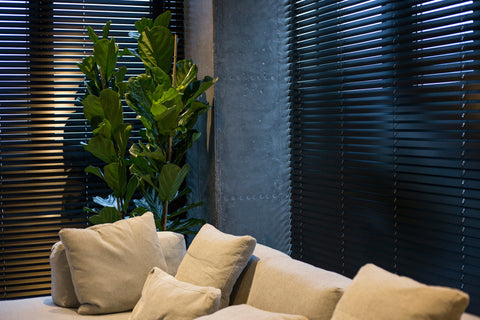
Ceiling Fans
Another way to improve the ventilation in your covered patio is to install ceiling fans. Ceiling fans help circulate air and create a pleasant outdoor atmosphere while grilling. Furthermore, they can also help reduce heat buildup in the area by pushing hot air away from the grill.
Wood Slatted Privacy Wall
Adding a wood-slatted privacy wall windbreak fence to your covered patio can also help improve ventilation. Privacy walls are an excellent way to create a warm, inviting atmosphere for outdoor living while providing shade and added protection from the elements. It can also be beneficial in helping to reduce heat buildup around your built-in natural gas grill by allowing airflow through the slats.
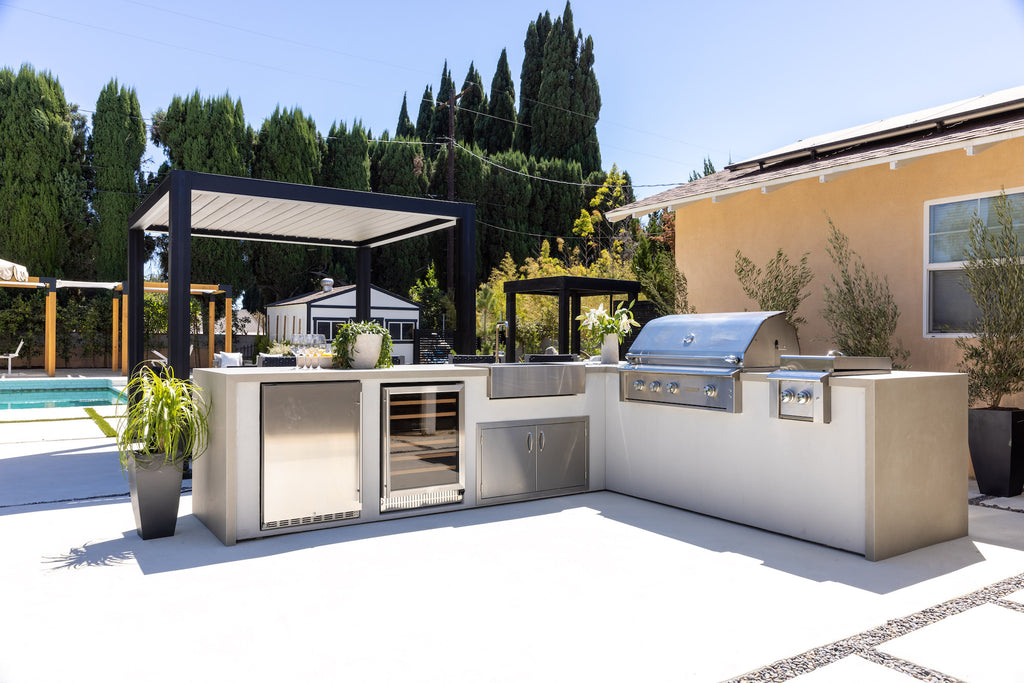
Craft Your Dream Kitchen on Your Covered Patio with Summerset Grills
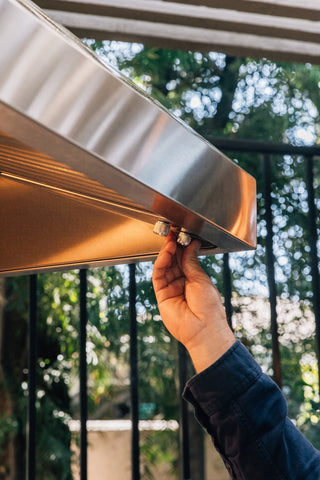
Summerset Grills offers a unique opportunity for homeowners to live out their culinary dreams and enjoy their outdoor living space all year round. With their high-performance grills and commercial-grade vent hoods, Summerset promises to transform any covered patio into a haven for barbecue enthusiasts and foodies alike. Their durable outdoor appliances, cold storage, dry storage, and access panels are built to last and withstand even the harshest weather conditions. With each product crafted in Huntington Beach, CA, you can expect quality and precision in every detail. With Summerset Grills, creating your dream kitchen on your covered patio has never been easier.
Installing a built-in natural gas grill on a covered patio can provide an excellent outdoor cooking experience at home. However, it is critical to consider essential safety concerns like gas leaks, venting and airflow, and installing a vent hood to encourage proper ventilation and exhausting carbon monoxide. Working with a licensed professional experienced in these installations ensures that your outdoor cooking space provides the perfect entertainment area and is as safe as possible. Natural gas grilling is the way of the future, and investing in the latest technology can ensure you have the ideal outdoor cooking retreat that brings your family and friends together.

